Table of content
Scallion pancakes, known as cong you bing in Chinese cuisine, are a beloved street food and home-cooked staple across Asia and beyond. Their golden, crispy layers, infused with the aromatic punch of scallions and a hint of sesame oil, have made them a global favorite. Yet, for many home cooks and even seasoned chefs, a persistent question lingers: Does the dough for scallion pancakes need to ferment? This article delves into the culinary science, historical practices, and modern adaptations surrounding this question, offering a comprehensive guide to achieving perfect scallion pancakes—with or without fermentation.
The Traditional Approach: No Fermentation Required
In classical Chinese culinary traditions, scallion pancakes are made using a hot water dough (烫面, tang mian), a technique that predates modern fermentation methods. The process involves mixing boiling water with flour, which partially cooks the starches and denatures the proteins, resulting in a dough that is pliable, tender, and easy to roll out. This method eliminates the need for fermentation, as the goal is to create layers through manual manipulation rather than gas production from yeast or bacteria.
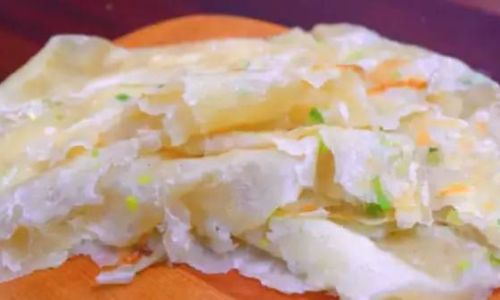
Why Hot Water Dough Works
- Gluten Development: Hot water disrupts gluten formation by gelatinizing starches. While this might seem counterintuitive, it creates a dough that is less elastic and more malleable, allowing for easier rolling and layering.
- Texture: The resulting pancakes have a delicate, flaky texture with a slightly chewy interior, distinct from the airy crumb of fermented bread.
- Speed: Without fermentation, the dough can be prepared and cooked in under an hour, making it ideal for quick meals.
Step-by-Step Traditional Method
-
Mixing the Dough:
- Combine all-purpose flour with boiling water, stirring until a shaggy mass forms.
- Knead gently until smooth, then rest for 20–30 minutes to relax the gluten.
-
Layering Technique:
- Roll the dough into a thin sheet, brush with oil, and sprinkle with scallions.
- Roll the sheet into a log, coil it into a spiral, and flatten gently to preserve layers.
-
Cooking:
Pan-fry in a hot skillet with oil until golden and crispy on both sides.
This method relies on mechanical layering—the act of rolling and folding—to create flakiness, not fermentation.
The Fermentation Argument: When and Why It’s Used
While traditional recipes eschew fermentation, some modern variations incorporate it. Proponents argue that fermentation adds depth of flavor and a slightly airier texture. However, this approach is non-traditional and alters the pancake’s character.
How Fermentation Changes the Dough
- Flavor Development:
Yeast and bacteria produce lactic acid and alcohol, contributing a tangy, complex taste.
- Texture:
Fermented dough rises due to carbon dioxide, creating a lighter crumb. However, this can reduce the signature chewiness of scallion pancakes.
- Time:
Fermentation requires 1–2 hours (or overnight in the refrigerator), increasing preparation time.
When Fermentation Might Be Preferred
- Digestibility: Some find fermented dough easier on the stomach.
- Flavor Experimentation: Fermentation can complement rich fillings like pork or spicy sauces.
- Cultural Fusion: In cross-cultural recipes, fermentation bridges Asian and Western baking traditions.
The Science Behind Dough Fermentation
To understand why fermentation is optional, it’s essential to grasp the role of microorganisms in dough:
-
Yeast (Saccharomyces cerevisiae):
- Consumes sugars, producing CO₂ (which leavens the dough) and ethanol.
- Thrives in warm, moist environments (75–85°F/24–29°C).
-
Lactic Acid Bacteria (LAB):
- Ferments sugars into lactic acid, lowering pH and enhancing flavor.
- Works synergistically with yeast in sourdough starters.
In scallion pancake dough, however, these processes are largely irrelevant. The hot water dough’s low gluten content and lack of sugar make it inhospitable to yeast, and the quick cooking time prevents significant bacterial activity.
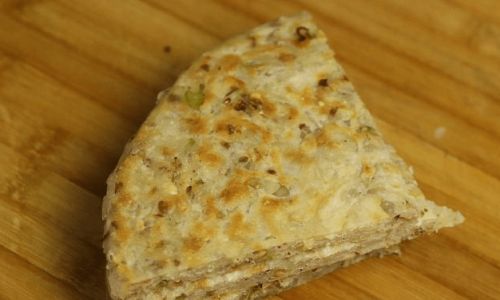
Debunking Myths: Common Misconceptions
-
“Fermentation Makes Pancakes Healthier”:
While fermentation can increase nutrient bioavailability, the effect is minimal in scallion pancakes, which are typically fried and high in oil.
-
“Traditional Recipes Use Fermentation”:
- Historical texts and culinary experts confirm that fermentation is a modern adaptation. Ancient Chinese doughs relied on wild yeasts (like in jiubing wine pancakes), but these are distinct from scallion pancakes.
-
“Overnight Resting = Fermentation”:
Resting dough in the refrigerator (a common step) hydrates gluten and relaxes the dough but doesn’t involve active fermentation unless yeast or starter is added.
Achieving Flakiness Without Fermentation: Techniques and Tips
The hallmark of a great scallion pancake is its layered, crispy texture. Here’s how to maximize flakiness without fermentation:
-
Oil Layering:
Use a neutral oil (like vegetable or canola) or sesame oil to create distinct layers. Avoid butter, which can solidify and disrupt layering.
-
Temperature Control:
Chill the dough briefly after rolling to firm the fat, preventing it from melting during cooking.
-
Rolling Technique:
- Roll the dough as thinly as possible before layering to maximize surface area.
- Avoid over-flouring, which can dry out the dough.
-
Cooking Method:
- Use a cast-iron skillet for even heat distribution.
- Press gently with a spatula while frying to encourage layer separation.
Regional Variations: Does Geography Influence Fermentation?
While the basic recipe remains consistent, regional twists exist:

- Shanghai-Style: Emphasizes thin, crispy layers with minimal oil.
- Taiwanese Night Market: Often includes lard or pork fat for richness.
- Korean Pajeon: Incorporates seafood and fermentation (via jeotgal salted seafood), but this is a distinct dish.
None of these variations rely on traditional fermentation for the dough itself.
Modern Adaptations: Pros and Cons
Innovation in cuisine is inevitable, and fermented scallion pancakes have gained traction in fusion kitchens. Here’s a balanced view:
Pros:
- Unique flavor profiles.
- Potential for gluten-free adaptations (using alternative flours and fermentation).
Cons:
- Loss of traditional texture.
- Increased complexity for home cooks.
Troubleshooting Guide: Fixing Common Issues
-
Tough Pancakes:
- Cause: Over-kneading or insufficient water.
- Fix: Use hot water and minimal kneading.
-
Layers Sticking Together:
- Cause: Insufficient oil between layers.
- Fix: Brush oil generously before rolling.
-
Soggy Interior:
- Cause: Low cooking temperature or thick dough.
- Fix: Cook over medium-high heat and roll dough thinly.
Conclusion: To Ferment or Not to Ferment?
The answer hinges on authenticity versus experimentation. Traditional scallion pancakes do not require fermentation—their magic lies in the interplay of hot water dough, scallions, and skilled layering. However, fermentation offers a creative avenue for those seeking novel textures and flavors.
Ultimately, the best scallion pancake is the one that delights your palate. Whether you adhere to centuries-old techniques or embrace culinary innovation, the key is to savor the journey—and the crispy, aromatic result.
Final Verdict: For authenticity, skip fermentation. For adventure, give it a try. Either way, you’re in for a treat.

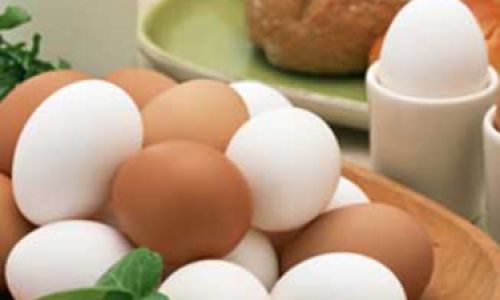

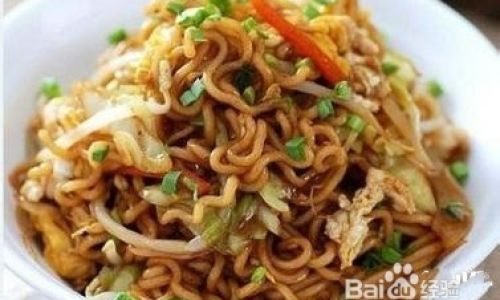
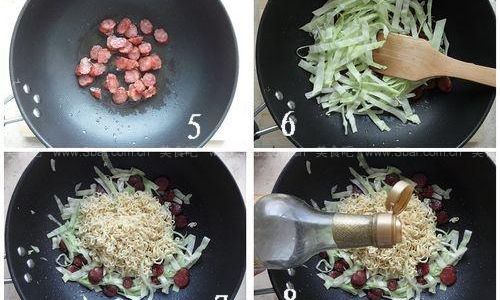
0 comments